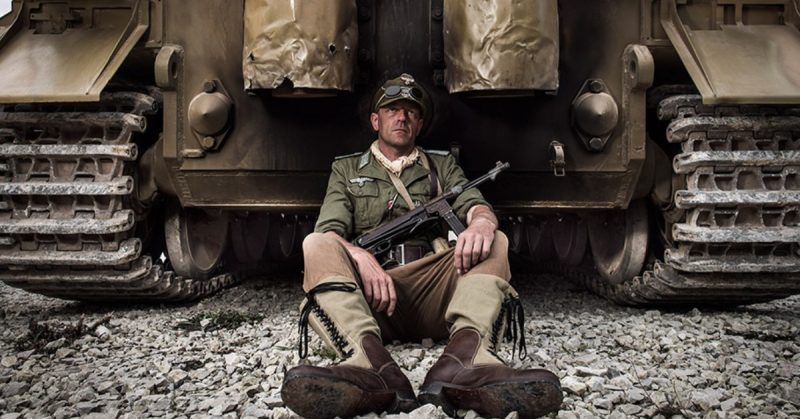During the Second World War, around 450,000 German prisoners of war were incarcerated in 700 camps across the United States. After the war ended, these prisoners were repatriated to Germany – all except for seven of them, who escaped and disappeared into the vastness of America.
Most of the seven were eventually recaptured, except for one man, who managed to evade American authorities so successfully that he lived a secret life for forty years. It was 1985 before he turned himself in, on The Today Show, of all places.
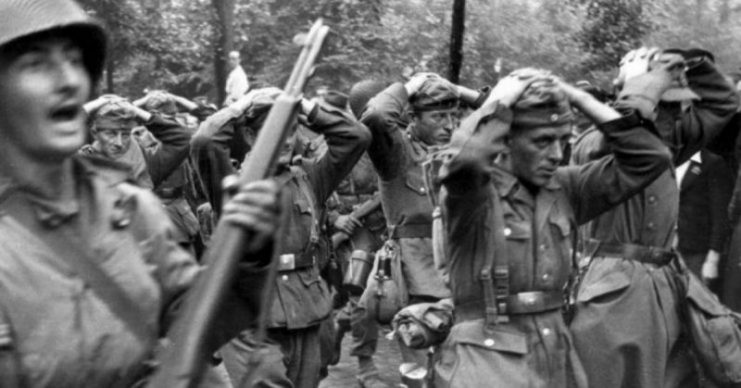
How he managed to live a double life for so long, evading the FBI (who had his picture on their Most Wanted posters for four decades) and other government authorities who were trying to track him down, is a remarkable tale.
Georg M. Gärtner was born in Schweidnitz, Lower Silesia (which is now a part of Poland) in December 1920. He was a talented athlete, skiing champion, and star student. He dreamed of becoming an architect, but a serious bout of diphtheria, which he contracted at the age of 15, put an end to those ambitions.
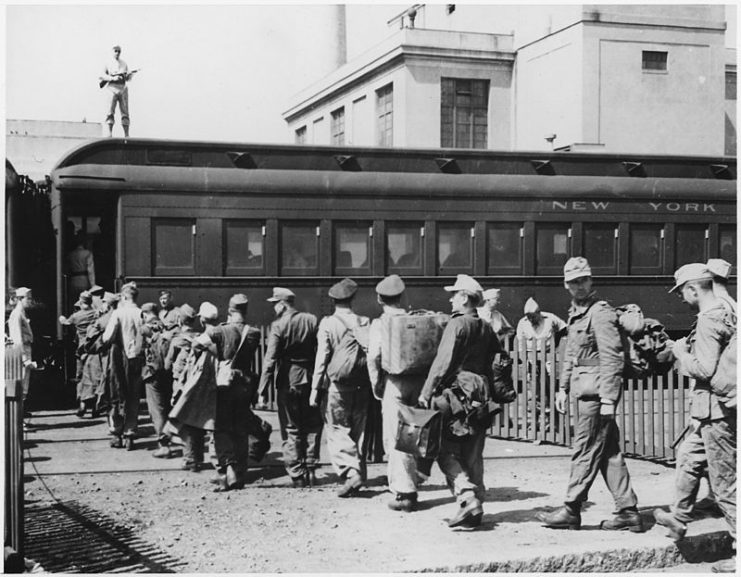
The diphtheria also resulted in him being unable to graduate high school. There were few other places beyond the Army that would allow Gärtner any opportunities of advancement, so when Germany became embroiled in the Second World War, he enlisted in 1940.
Gärtner volunteered for combat duty in the Afrika Korps under Rommel in 1942. This was partly out of a desire for adventure, but also partly because he hoped to escape being sent to the Eastern Front.
He arrived in Libya in early 1943, but German forces were already being beaten back by the British.
As a sergeant assigned to an artillery unit, Gärtner fought in a huge but hopeless battle that saw German forces retreating up to 50 miles (80.4 kilometers) a day.
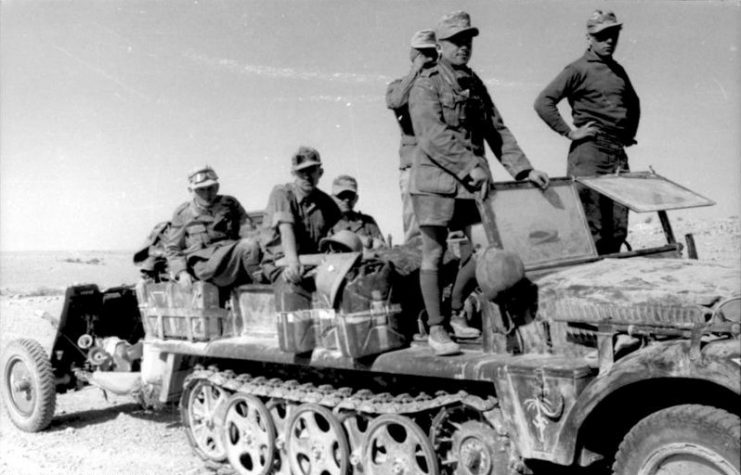
In May 1943, he was one of around 220,000 German and Italian soldiers who was forced to surrender to Allied troops. After that, he was transported to a prison camp in Deming, New Mexico.
If he had been expecting anything like the horrors that awaited German prisoners of war in Soviet prison camps on the Eastern Front, he would have been very wrong.
Camp life for the German POWs in the American camps was not only easy, it was downright comfy. Prisoners were well-fed and had ample opportunity not only to socialize and exercise, but they could also study college courses and were given beer as a treat on occasion.
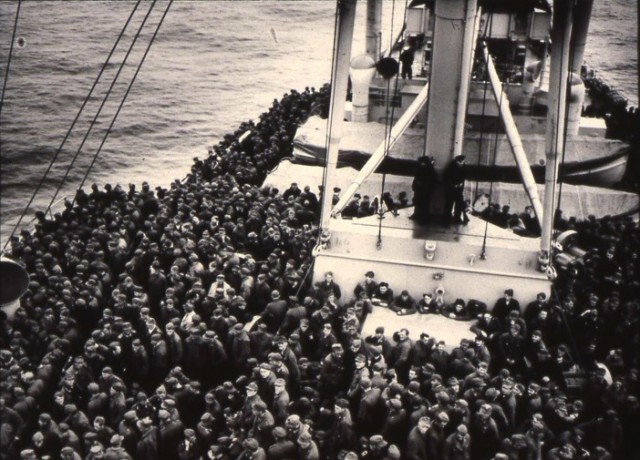
Things started to change, however, toward the end of the war. When concentration camps were liberated by the Allies, reports of the horrors that had taken place there started to make their way around the West.
Even though many of the German POWs were as shocked as the Americans to learn about these atrocities, this didn’t stop the American guards becoming increasingly harsh and hostile toward the Germans.
When the war ended and it was time to repatriate the German prisoners to Germany, Gärtner was terrified of the prospect of having to return home. Lower Silesia was now under Soviet control. As a German POW, he knew that his fate was likely to be a gulag – or worse.
Since he spoke excellent English, he saw that his only chance of survival was to escape the American prison camp and stay in the United States.
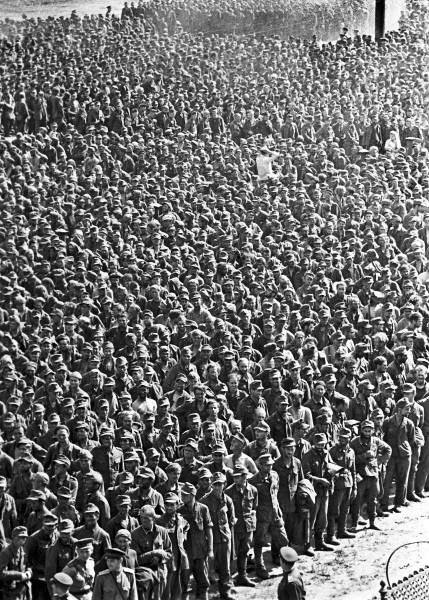
Gärtner began preparing for his escape by carefully observing the train track that ran past the camp. He made detailed notes about the train schedule.
On the night of September 24th, 1945, while the other prisoners were watching a movie, Gärtner waited for a gap in the searchlights, crawled under two gates, and hopped onto the passing freight train.
Gärtner rode the freight train all the way from New Mexico to San Pedro, California. He was whisked away from the camp and toward a new life and a new identity — one which he would live under for the next forty years.
When guards discovered that he was missing, they interrogated all of the other prisoners. But since Gärtner had not told a soul about his plan, nobody had any idea he had jumped onto a train.
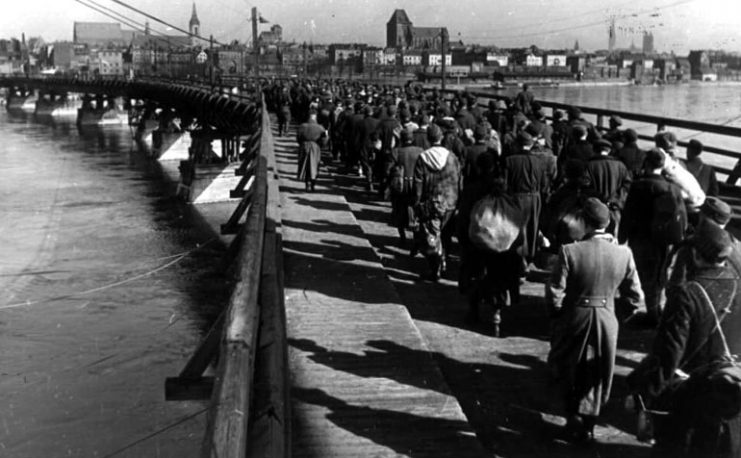
In the increasingly multicultural climate of California, it was easy for him to blend in. To begin with, he took on the name Peter Petersen and claimed to be a Norwegian immigrant. He worked with other migrant laborers on farms for some time, but then changed his alias to Dennis Whiles.
He eventually managed to acquire a social security number under the name of Dennis Whiles and also a driver’s license. This was to be the name he would keep for the rest of his double life.
He worked a great number of jobs, including that of a ski instructor, which led to his involvement in a famous incident. The passenger train City of San Francisco got trapped in a blizzard in the Sierra Nevada in January 1952. Gärtner headed a ski rescue mission to get to the stranded train.
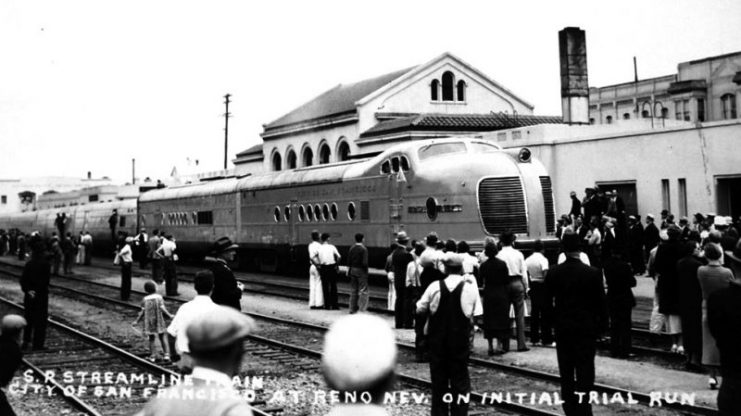
He was one of the first skiers to reach the train and as a result had his picture – along with the other rescuers – taken by Life magazine. Ironically, images of his face were already plastered around America at this time on FBI Most Wanted posters. Nonetheless, he avoided being identified.
He married an American woman, Jean Clarke, in 1964. He managed to keep his true identity secret from her for the next 20 years. However, in 1984 she started to ask questions that were increasingly difficult for him to answer, so he eventually came clean to her about who he really was.
After that, he took his confession public, making an appearance on The Today Show in 1985 to “surrender” to Bryant Gumble on national TV.
Read another story from us: War Crime? Utah Camp Guard Opened Fire on German POWs After War was Over
The FBI and the US government decided that since he was not officially an illegal immigrant (as he had originally been brought to the US against his will) and that he had not committed any serious offenses, they were not going to prosecute or deport him.
Gärtner became an official US citizen in 2009. He published a book about his life, entitled Hitler’s Last Soldier In America. He lived to the ripe old age of 92, passing away in Loveland, Colorado – the last German POW of the American camps of the Second World War.
